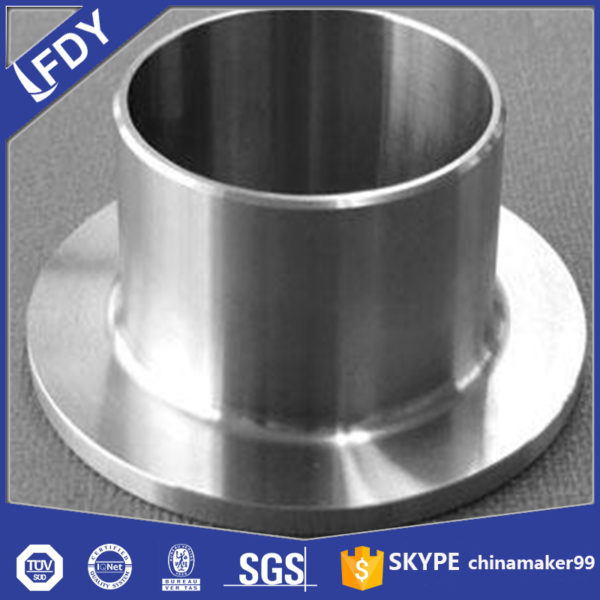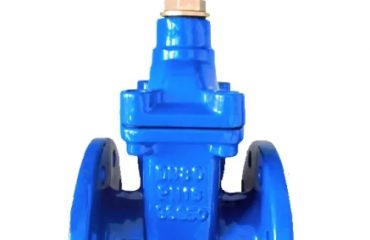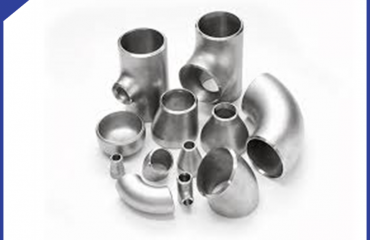
Butt Welded Fitting is widely used for its high productivity and easy automation. Its application scope can be summarized as follows:
(1) workpiece extension such as Butt Welded Fitting of steel strip, profile, wire rod, steel bar, steel rail, boiler steel pipe, oil and natural gas transmission pipeline, etc.
(2) Butt Welded Fitting of ring workpieces, such as automobile rims and bicycles, motorcycle rims, various chain links, etc.
(3) The assembly and welding of components will make simple rolled, forged, stamped or machined parts butt welded into complex parts to reduce costs. For example, the Butt Welded Fitting of the automobile steering shaft shell and the rear axle shell, the Butt Welded Fitting of various connecting rods and pull rods, and the Butt Welded Fitting of special parts, etc.
(4) Butt Welded Fitting of dissimilar metals can save precious metals and improve product performance. For example, the Butt Welded Fitting of the working part (high-speed steel) and the tail (medium carbon steel), the Butt Welded Fitting of the head (heat-resistant steel) and the tail (structural steel) of the exhaust valve of the internal combustion engine, the Butt Welded Fitting of the aluminum copper conductive joint, etc.
Flat welding :soldera mixture metals that is heated and melted and then used to join metals,wires,etc.together.In the welding process, the workpiece and the solder melt to form a melting area, and the melting pool cools and solidifies to form a connection between the materials. In this process, pressure is usually required. There are many sources of welding energy, including gas flame, arc, laser, electron beam, friction and ultrasonic.
Before the end of the 19th century, the only welding process was forged metal welding, which had been used by blacksmiths for hundreds of years. The earliest modern welding technology appeared in the late 19th century, first arc welding and oxy fuel gas welding, later resistance welding. In the early 20th century, with the war of the first and the Second World War, there was a great demand for cheap and reliable connection methods for military equipment, which promoted the development of welding technology. With the wide application of welding robots in industrial applications, researchers are still in-depth study of the nature of welding, and continue to develop new welding methods to further improve the quality of welding.
 Language
Language Espanol
Espanol English
English Italian
Italian عربى
عربى
 Skype: chinamaker99
Skype: chinamaker99  Tel: 86-316-5120812
Tel: 86-316-5120812 Email:
Email:  Whatsapp:
Whatsapp: 
